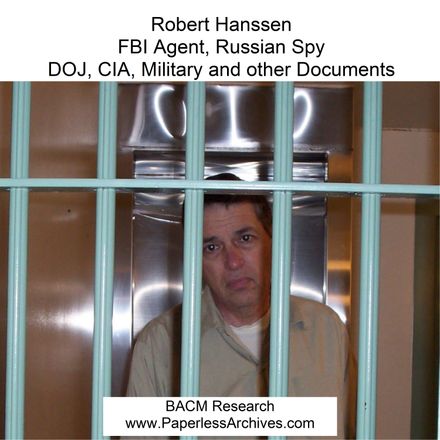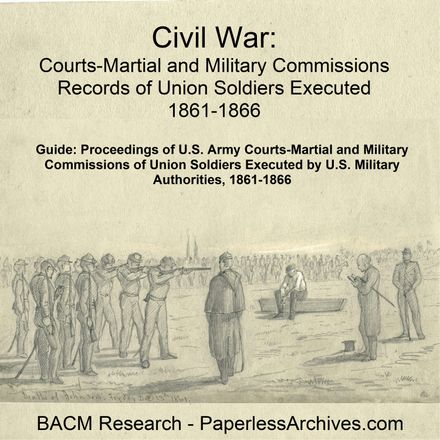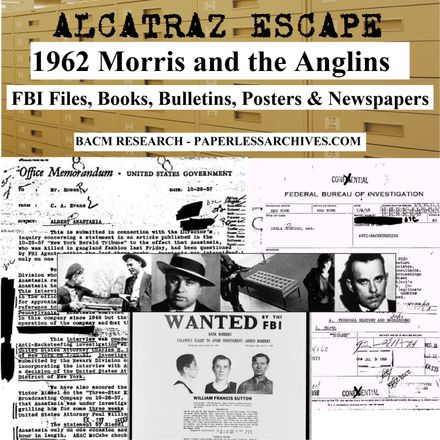$14.95
World War II: The Battle of Bamber Bridge - Bamber Bridge Mutiny Courts Martial Proceedings
World War II: The Battle of Bamber Bridge - Bamber Bridge Mutiny Courts Martial Proceedings
This collection contains a total of 6,590 pages of courts martial transcripts, records of proceedings, and histories.
This is the case of the Battle of Bamber Bridge. The case was split into two courts martial cases, Lynn M. Adams, et. al (ETO 804) and Fred A. Davis, et. Al (ETO 895). This collection contains 6,282 pages of the court proceedings and transcripts of trials, plus two military histories with mention of the Bamber Bridge Battle and Courts Martial.
The Battle of Bamber Bridge is the name that has been given to a violent disturbance between Black and White United States soldiers in Bamber Bridge, Lancashire, England at the Ye Olde Hob Inn on June 24 and 25, 1943.
The racially segregated, almost entirely Black 1511th Quartermaster Truck Regiment of the Eighth Air Force, was stationed in barracks in Bamber Bridge. American commanders were unsuccessful in their attempts to get businesses in the village to segregate service to African American servicemen.
On the night of June 24, 1943, White American Military Police (MPs) attempted to arrest several Black servicemen at Ye Olde Hob Inn for being out of uniform. The confrontation spilled out into the streets and a White MP shot and killed Private William Crossland. The MPs requested backup and additional well-armed White MPs were sent to Bamber Bridge. Additional Black servicemen arrived at the pub after acquiring arms from the base armory.
Over the next two days, the two groups of American servicemen exchanged gunfire. At the end of fighting one officer, three Black soldiers, and one MP were shot, and two other MPs were beaten. Court martialed on charges ranging up to mutiny, 32 Black servicemen were convicted. In the first trial the charges were related to the initial brawl, four Black soldiers were convicted and sentenced to hard labor, one to two and a half years, and the others to three, and all to dishonorable discharges, with one of those convictions being overturned on review.
In the second trial, 35 defendants were charged. The trial ended on September 18, 1943, with 7 acquittals and 28 convictions. Sentences for those convicted ranged from three months to 15 years, with seven sentences of 12 years or more. On review, the release of one man and reductions in all other sentences were ordered. Fifteen of the men returned to duty in June 1944 and six other sentences were further reduced. The defendant with the longest sentence returned to duty after serving 13 months.
Alan M. Osur the author of, "Blacks in the Army Air Forces during World War II: The Problem of Race Relations," wrote, "There were a number of major race riots during the war, and the most notable in terms of its impact upon command policy occurred at Bamber Bridge, England. The official report terms the riot an 'alleged mutiny.' It was a reaction by a number of Black soldiers to two White Military Policemen who accosted them for not wearing the proper uniform in a Bamber Bridge pub. Many of the Black participants were tried and convicted for their involvement. What is significant about the incident is the manner in which high AAF leaders in Britain reacted to the riot and other racial incidents in 1943."
Books
Blacks in the Army Air Forces During World War II: The Problem of Race Relations (1977)
By Alan M. Osur
Abstract: This book is based upon a PH. D dissertation written by an Air Force officer, at the time an Associate Professor of History at the Air Force Academy, Major Osur tells a story of Black racial protests and riots provoked by attitudes and discrimination. The author describes many of the discriminatory actions taken against Black airmen. He also describes the role of Black pilots as they fought in the Mediterranean theater of operations against the Axis powers. He examines racial frictions within the Army Air Forces which led to Black servicemen protests and riots in 1945 at several installations. Despite these problems, the author concludes that the Army Air Forces made substantial progress in race relations and in opening up additional career opportunities for Black airmen in the post-1945 period.
Separate and Unequal. Race Relations in the AAF During World War II (2005)
By Alan M. Osur
Abstract: Race relations between White and Black Americans in the Army Air Forces (AAF) during World War II ran the gamut from harmonious to hostile, depending upon the unique circumstances existing within each unit, command, and theater. In analyzing racial policy as it was implemented throughout the chain of command, are a number of themes relevant for an understanding of the utilization of African Americans during the war. First, the AAF never willingly accepted Black soldiers. This service had totally excluded them for over two decades before they were permitted to enter, and then used them only reluctantly. The fact that the AAF even opened its doors to African Americans and proceeded to make additional opportunities available to them was due to pressures aimed at the War Department and the AAF.
Related Readings:
The Battle of Bamber Bridge by Harold Pollins
https://www.bbc.co.uk/history/ww2peopleswar/stories/85/a3677385.shtml
This WWII battle wasn't against Nazis. It was between Black and White GIs in England
https://www.npr.org/2023/06/21/1183045605/black-army-soldiers-england-wwii-battle



